The massive oceans of this world are home to the most astonishing creatures. Species habitats, and marine ecosystems are facing challenges from habitat loss, pollution, and climate change. Here are 10 endangered marine species in urgent need of our help:
- Vaquita

Being the world’s most endangered marine mammal, the vaquita is a small porpoise unique to the Gulf of California, Mexico. Their populations have dropped because of entanglement in nets illegally indicating for totoaba, a critically endangered swim bladder that is prized in China. Approximately ten vaquitas are said to be remaining, making them the animals on the verge of extinction.
- North Atlantic Right Whale
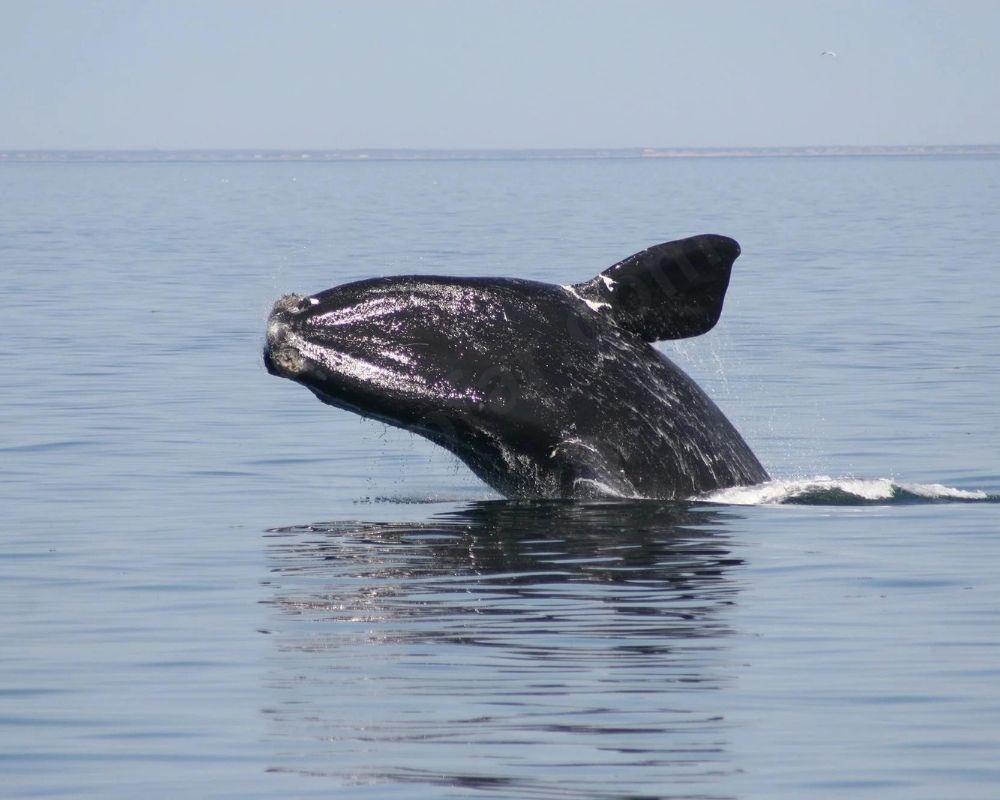
The lovely and huge animals were used to be very common in the North Atlantic, but hunting for their baleen and shipping accidents have made them critically endangered. Efforts are taking place to minimize entanglement threats by inventing whale-friendly fishing gears and laying down binding shipping laws. Unfortunately, with only less than 350 individuals of the species left, even a single ship strike or the entangling of it can be very devastating to this population.
- Yangtze Finless Porpoise
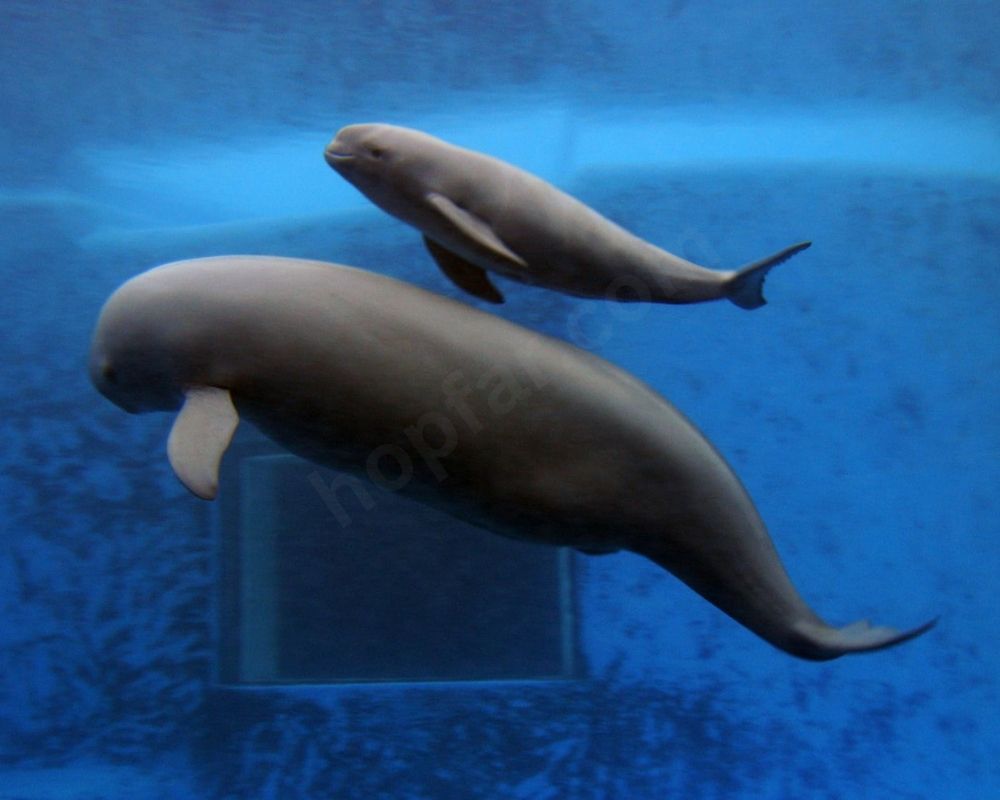
This rare, freshwater cousin of the dolphin could perhaps be functionally extinct, with only a few specimens possibly still alive and struggling to survive in this vast river. Disruption of their habitats through the Yangtze River dam system and extensive fishing filter to the edge of extinction. Unfortunately, the Yangtze finless porpoise can be an example of severe damage that human actions can bring to sensitive ecosystems.
- Hawaiian Monk Seal
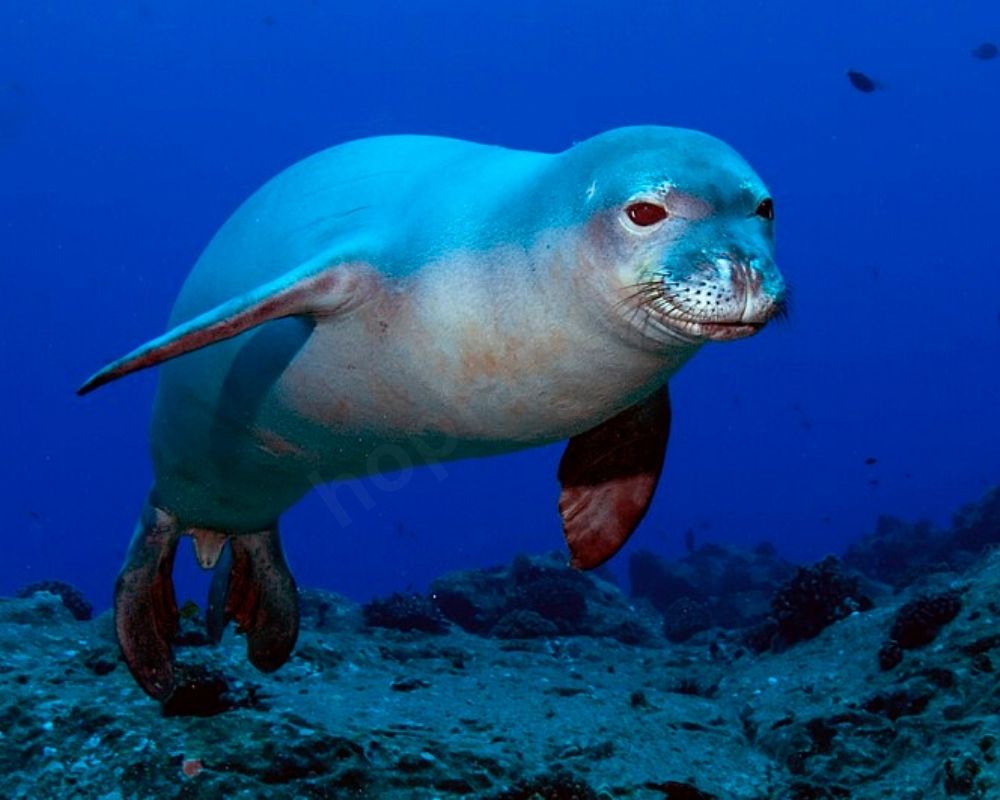
The Hawaiian Islands were the home of vast populations of monk seals. Today, there are hardly 1,500 of them are left, they were plagued by threats such as coastal development which results in habitat loss, as well as disease outbreak caused by marine mammals and sharks as predators. Conservation efforts focus on the preservation of pupping beaches, the surveillance of populations for disease breakouts, and the mitigation of predators.
- Sea Turtles
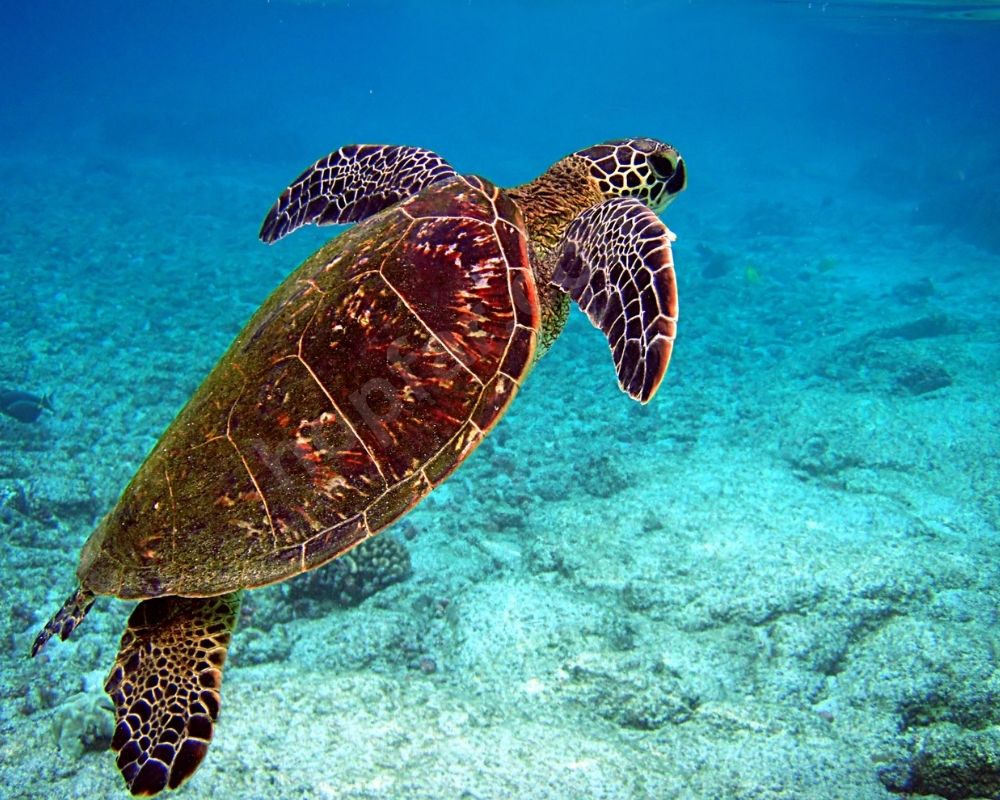
Hawksbill, Kemp’s Ridley, Leatherback, Loggerhead, and Green sea turtles are all in danger because of a number of threats. Poaching for their meat, eggs and shells, habitat loss because of coastal development and beach erosion, and getting entangled in fishing nets (bycatch) are among the major reasons for their decline. Conservation efforts include safeguarding nesting beaches, raising awareness among fishermen on safe methods for releasing entangled turtles and encouraging responsible behavior in tourism.
- Giant Manta Ray
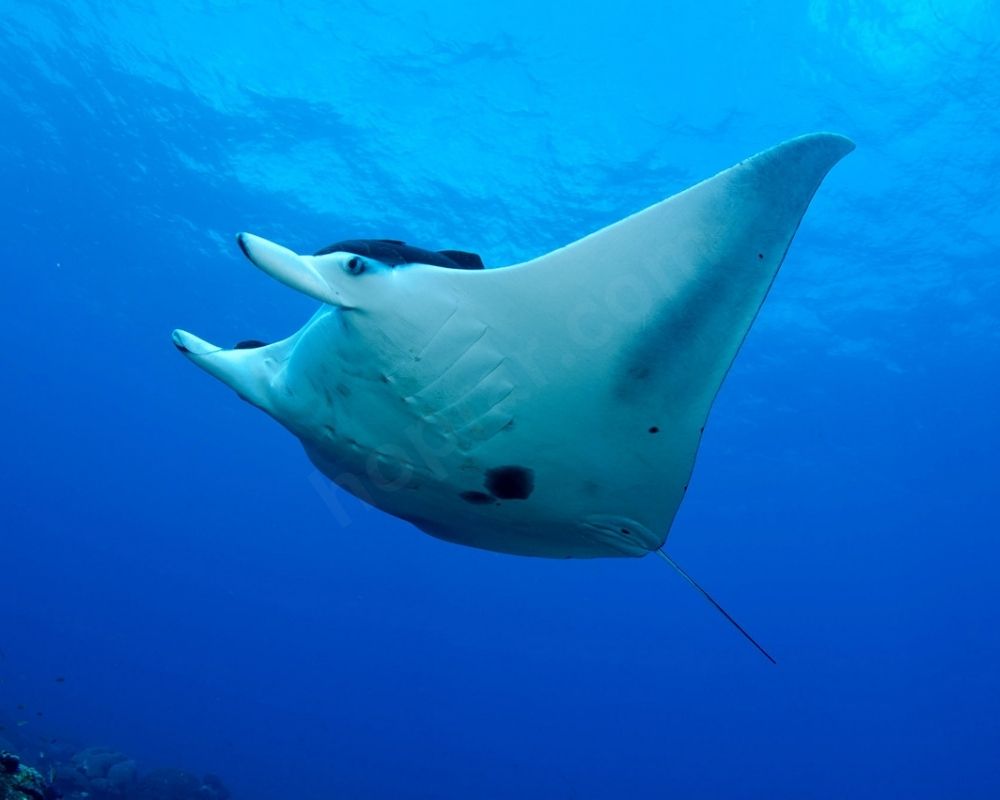
These docile cetaceans are very important to the integrity of the coral reefs by filtering plankton and stirring up all the nutrients. Overfishing for their gill plates in traditional medicine has driven them towards the verge of being overfished. Manta ray populations additionally suffer from deforestation and boat collisions.
- Whale Shark
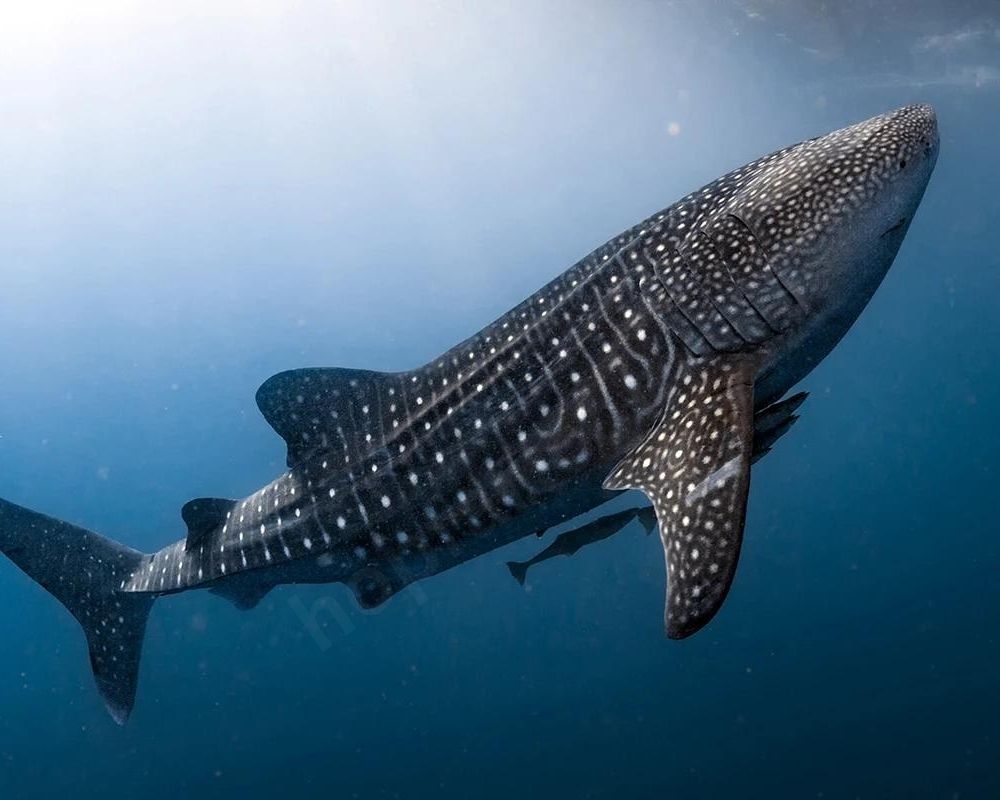
Whale sharks, the largest fish in the world, are filter feeders that perform the role of removing plankton from the oceans, and contribute to the circulation of nutrients. Plastics in the marine environment, bycatch, and finning used in China for fins soup threaten their survival. Marine protected areas and sustainable fishing techniques are indispensable for whale shark conservation.
- Northern Fur Seal
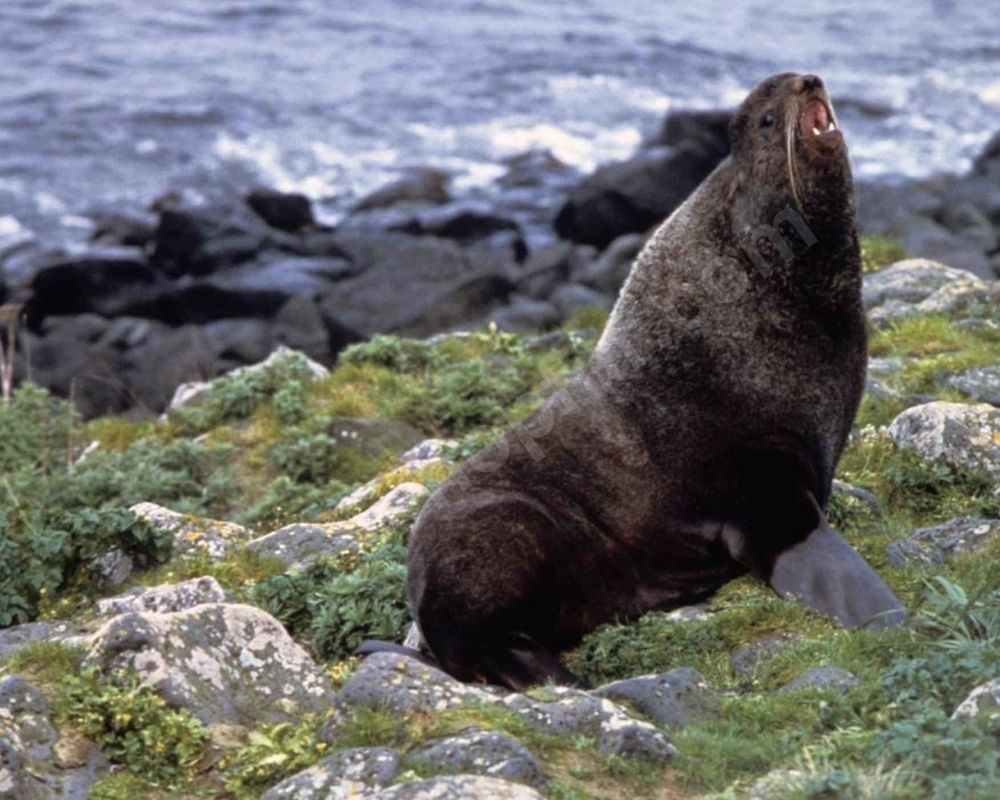
Whereas northern fur seals were nearly extinct because of hunting for their fur in the 18th and 19th centuries, it is good that their populations have come back slowly due to international hunting bans. Despite climate change and the disruption of prey availability as well as competition for food from overfishing are still threats to the population of the fish. Understanding the impacts of climate change on their prey and imposing stricter fishing quotas are key steps towards successful restoration of the species.
- Hector’s Dolphin

This playful and local dolphin species is only found in New Zealand. The major threats to bottom-dwelling fish like gillnets and habitat degradation due to coastal development and pollution are habitat destruction and gillnets. Preservation of these species is vital and should involve adopting stricter regulations for gillnets and also encouraging sustainable coastal development.
- Galapagos Penguin
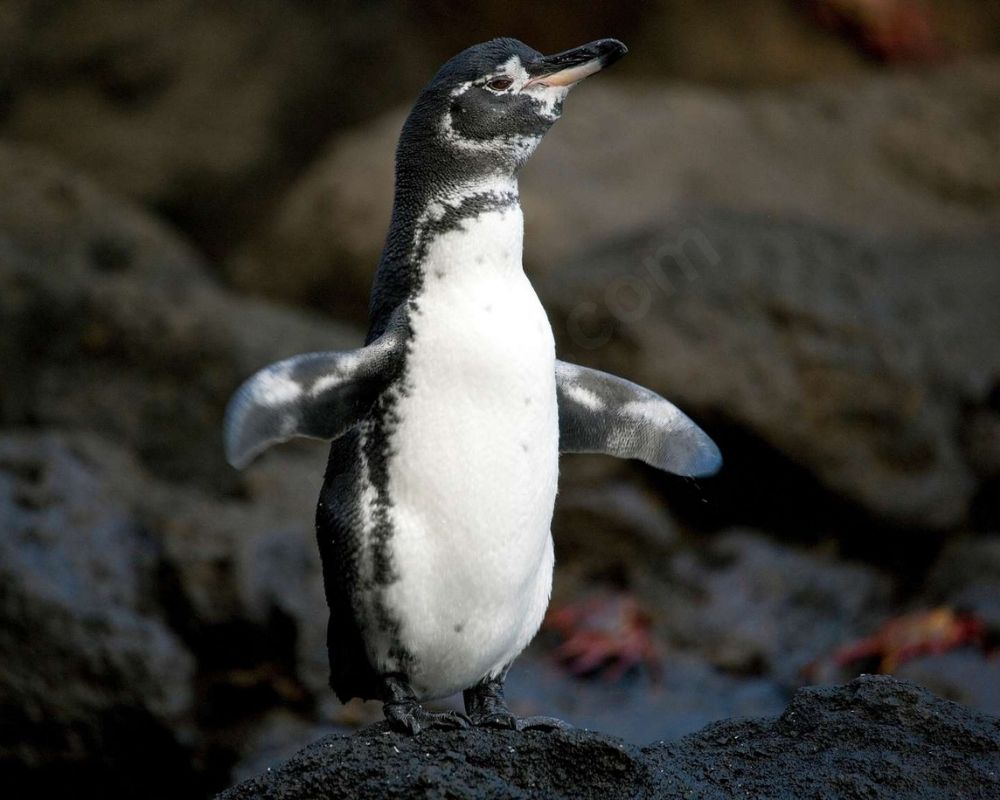
The Galapagos penguin is the only penguin species found north of the equator. Unlike other penguin species, the Galapagos penguin has shorter feathers and a slimmer body to counter the heat that comes from its warmer environment. Climatic conditions changing the pattern of ocean currents and food availability, and competition for food from invading species such as rats threaten these spectacular birds. The protection of the sea areas, the removal of the invasive species, and the monitoring of the consequences of the climate changing are the main aspects of their conservation.
This article shows a few marine species in danger of extinction. Through raising awareness about endangered marine species, providing support to conservation organizations via donations and volunteering, and choosing sustainable seafood, we can make a real difference and guarantee the survival of the most amazing animals that inhabit our ocean. Together, we can make sure that these living gems will remain to bless our seas for years to come.




